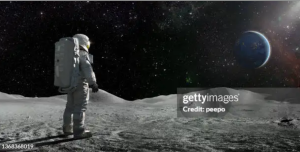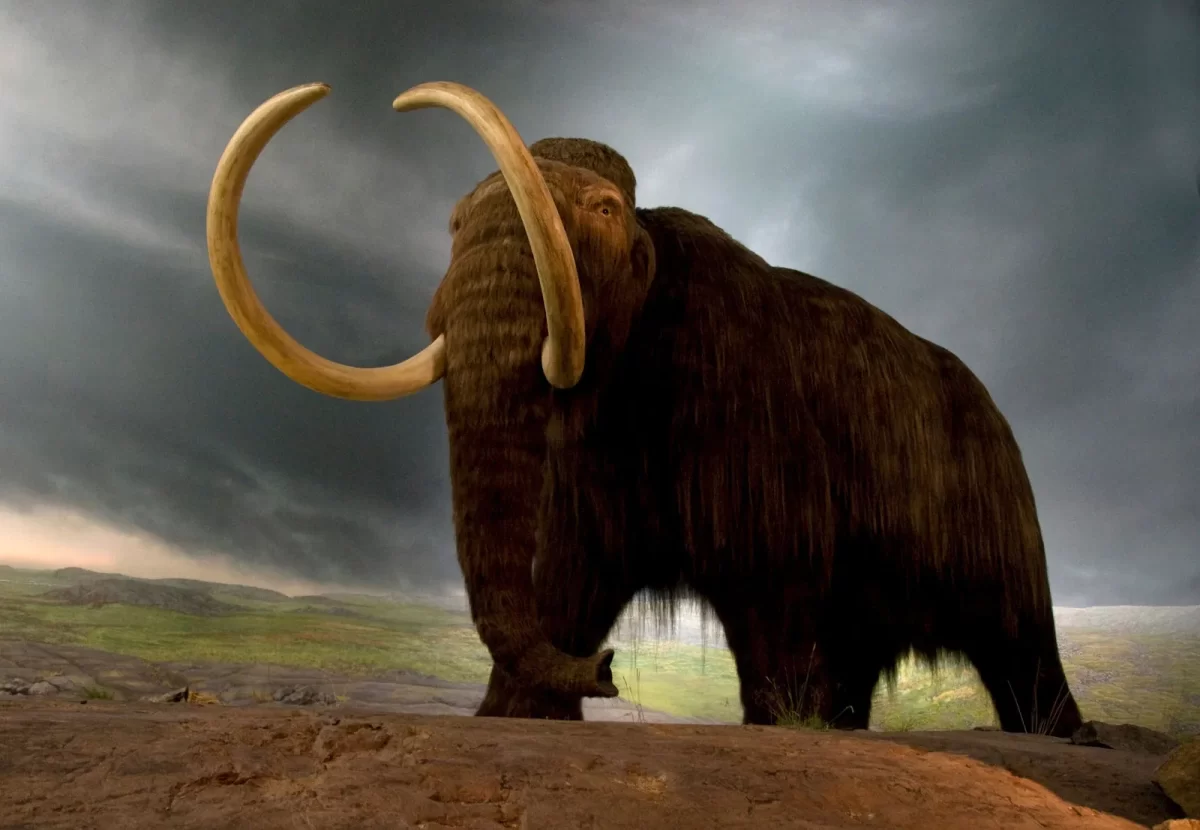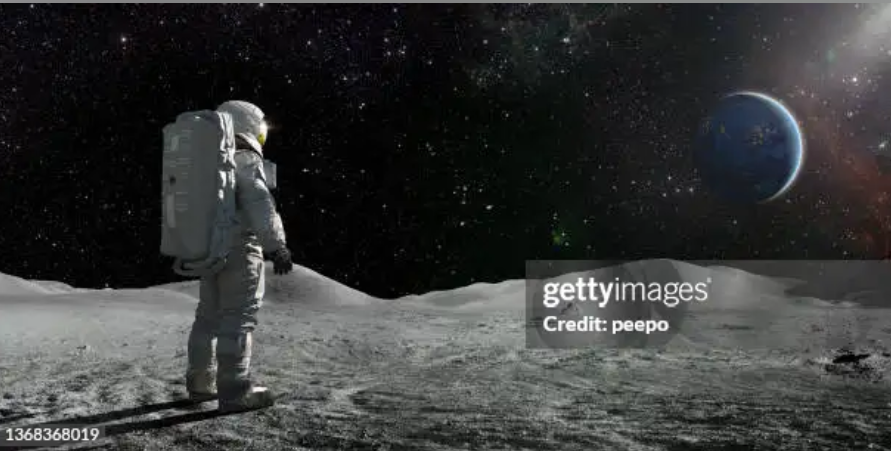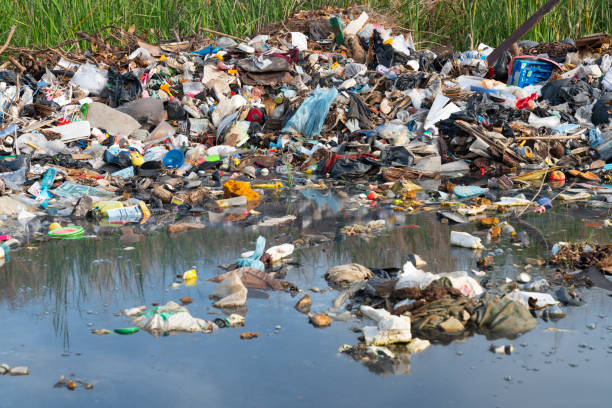Since the 20th century, scientists have been trying to bring back extinct animals through a technique known as back-breeding, which is the process where certain species are selected for breeding based on traits they share with an extinct ancestor species. Back-breeding is the most common process, but another advancement has been used as well. CRISPR (pronounced crisper) is the biological system for altering DNA, also known as gene editing. It can be used to quickly create cell and animal models and is also fairly cheap. If scientists find a well-preserved animal tissue, they can extract the DNA, and then clone it. Although the DNA is in good condition, over time it breaks down into short fragments due to UV exposure. The older the sample, the smaller the fragments are left. Eventually, there won’t be enough fragments to collect, which is why there’s no possible way to bring back dinosaurs.
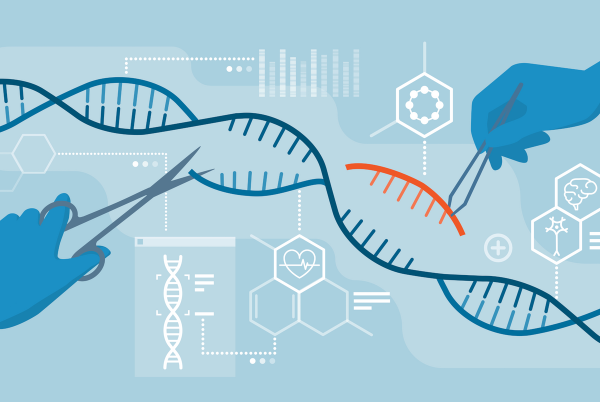
With these advancements, scientists want to bring back many animals, including the wooly mammoth and Tasmanian tiger. Now the question remains: why would they bring back extinct animals and will we gain anything from it? “The goal is to adapt certain ecosystems to radical modern environmental changes, such as global warming, and possibly reverse these changes,” explains George Church, a professor at Harvard Medical School. For example, bringing back the wooly mammoths to the Arctic could keep the region cooler by, “(a) eating dead grass, thus enabling the sun to reach spring grass, whose roots prevent erosion; (b) increasing reflected light by felling trees which absorb sunlight and (c) punching through insulating snow so that freezing air penetrates the soil,” Church reveals.
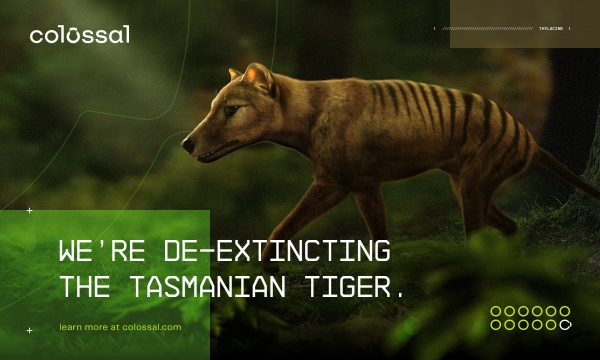
But should scientists bring back extinct animals? Critics say the time and money going into de-extinction would be better invested in protecting the animals and plants that are already listed as endangered. Others argue that the original habitats of extinct animals don’t exist anymore and may not be suited for the current environment. However, it could give us better ecosystems and could help keep other species alive. It would also be really interesting to see what animals used to roam the earth millions of years ago looked like, instead of just through a picture or drawing. I think it will be good if scientists are successful with their experiments. It can positively affect our planet and can help us take care of it.

